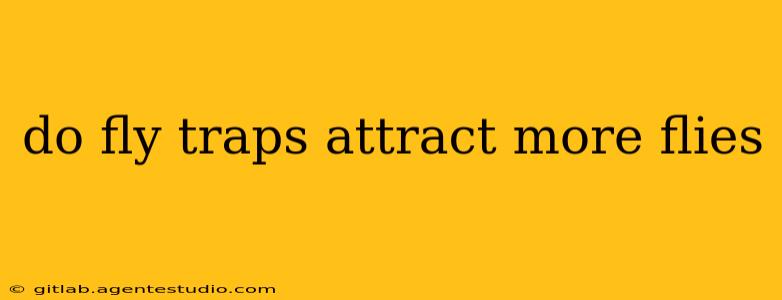The question of whether Venus flytraps attract more flies than other plants is complex and doesn't have a simple yes or no answer. While Venus flytraps are undeniably fascinating carnivorous plants known for their fly-catching capabilities, their attraction methods are nuanced and differ significantly from the strategies employed by other plants.
Understanding Venus Flytrap Attraction Mechanisms
Venus flytraps ( Dionaea muscipula) don't actively "attract" flies in the same way brightly colored flowers attract pollinators. Instead, they rely on a combination of subtle cues:
-
Visual Cues: The traps themselves are somewhat visually striking, particularly when opened. The bright red inner surfaces of the traps can be visually appealing to some insects. However, this isn't a powerful attractant compared to the vibrant colors of flowers.
-
Olfactory Cues: Venus flytraps produce nectar and release volatile organic compounds (VOCs) that serve as olfactory attractants for potential prey. These scents are often described as sweet but can also be somewhat subtle. The strength and type of VOCs emitted can vary depending on the plant's health and environmental conditions.
-
Tactile Triggers: The traps are exquisitely sensitive to touch. Once an insect triggers the sensitive hairs inside the trap, the trap snaps shut. This isn't an attraction mechanism per se, but rather a capturing mechanism.
Comparing Venus Flytraps to Other Plants
Other plants employ a wide array of strategies to attract insects:
-
Flowers: Many flowering plants use vibrant colors, enticing scents, and nectar to attract pollinators like bees, butterflies, and yes, even flies. These strategies are generally far more effective at attracting a wide range of insects than the subtle cues employed by Venus flytraps.
-
Fruit: Ripe fruits release strong aromas to attract animals to consume them and disperse their seeds. These scents are often very potent and attract a diverse range of insects and other creatures.
-
Sticky Traps: Some plants have evolved sticky traps or hairs that ensnare insects. These are often visually inconspicuous, relying more on the insects' accidental contact.
The Verdict: It's Complicated
Venus flytraps are efficient at catching flies once those flies are in close proximity. However, compared to flowering plants or fruiting plants, they don't actively attract flies with powerful, long-range cues. They are more opportunistic hunters relying on a combination of subtle visual, olfactory, and tactile triggers. Therefore, while a Venus flytrap might catch a decent number of flies, it's unlikely to attract more flies than a plant using a more effective and active attraction mechanism like a brightly colored, fragrant flower.
Optimizing Flytrap Success
If you're hoping to see your Venus flytrap catch more flies, consider these factors:
-
Location: Place your flytrap in a location with sufficient sunlight and humidity to encourage healthy growth and scent production. Areas with more insect activity will naturally increase the chances of capturing prey.
-
Watering: Proper watering is crucial for the plant's overall health, which can directly impact its ability to produce attractants.
-
Patience: Remember, Venus flytraps are not aggressive hunters. They rely on insects stumbling upon them.
In conclusion, while Venus flytraps are carnivorous and catch flies, they are not necessarily better at attracting them than many other plants. Their success depends on a combination of subtle cues and opportunistic trapping mechanisms rather than powerful, long-range attraction.

